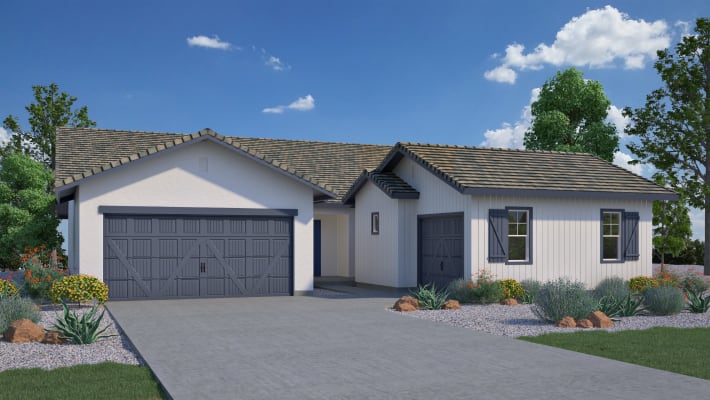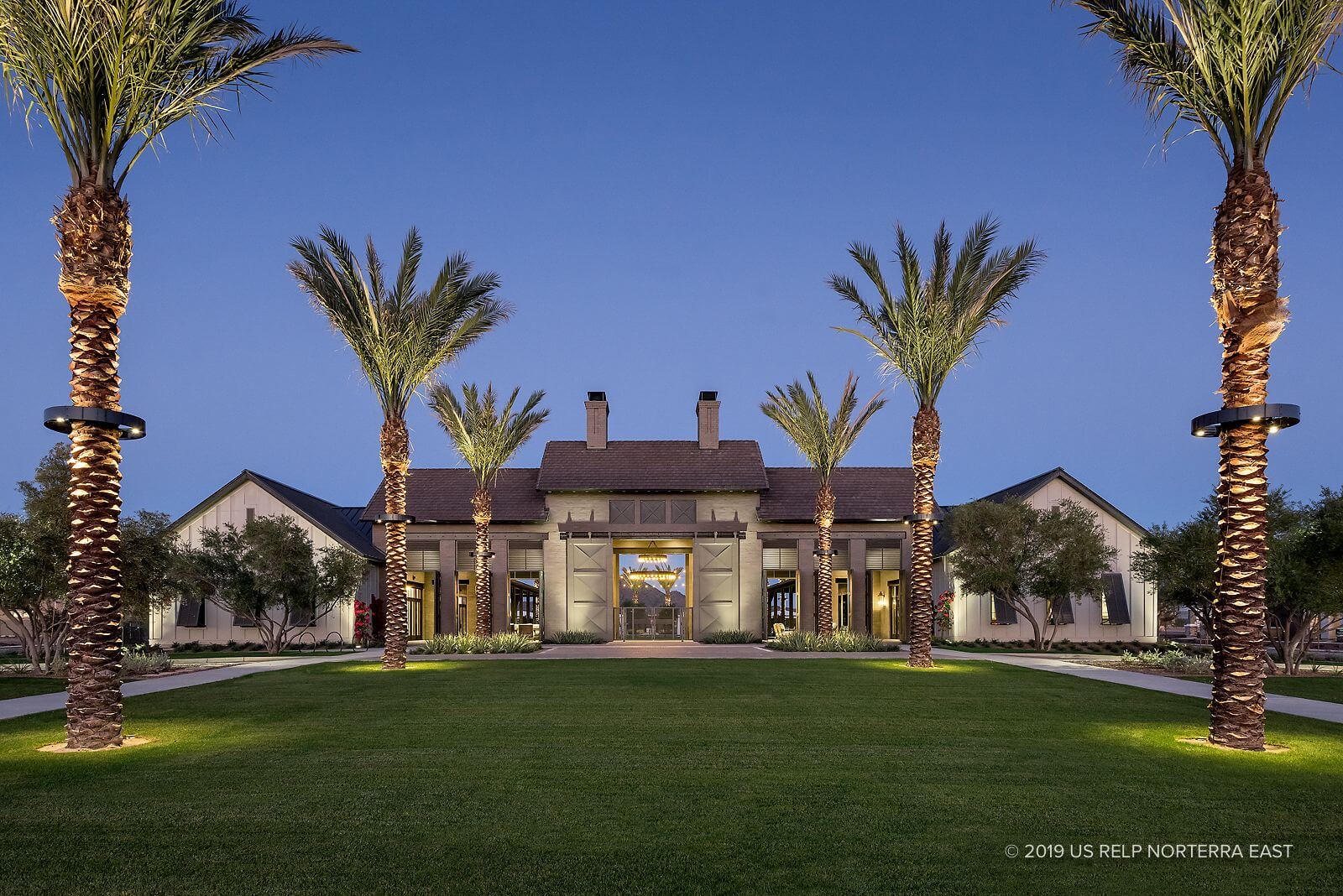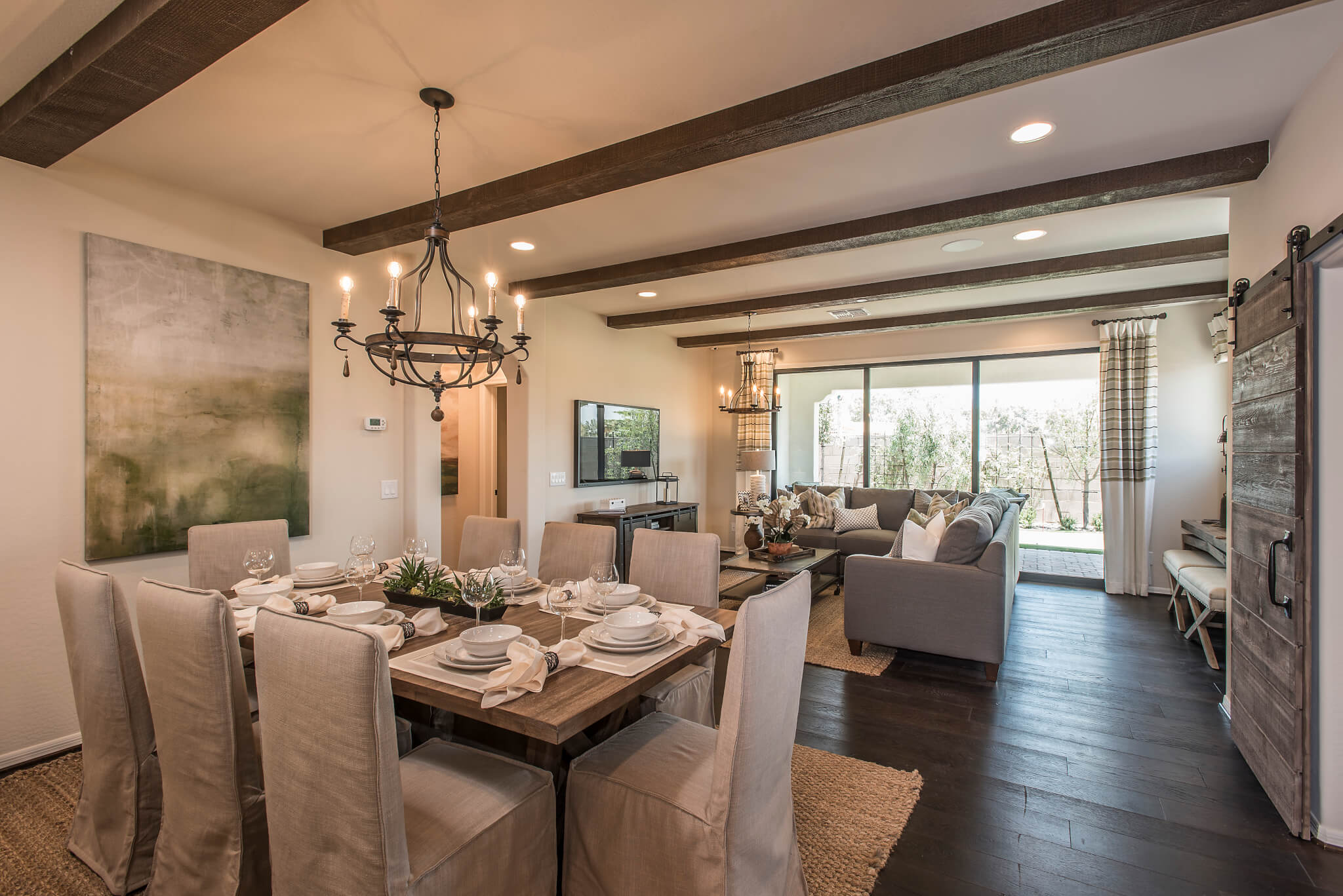Homeownership is a valid goal to which many attain. Unfortunately, simply wanting to become a homeowner and actually reaching that milestone isn’t exactly the same. Thankfully, there is help available if your dream of homeownership seems out of reach like rent to buy home programs and other mortgage assistance help. Several of the most common home buyer assistance programs are listed below:
Common Home Buyer Assistance Programs
1. Federal Housing Administration (FHA) Loans
The FHA, which is an agency within the U.S. Department of Housing and Urban Development provides several loans. These FHA loans most often come with pretty competitive rates, usually have lower closing costs and demand smaller down payments than other conventional loans. FHA loans come in either 15 or 30-year terms, with fixed interest rates.
2. The U.S. Department of Veterans Affairs (VA) Loans
VA loans are applicable for active-duty military members, surviving spouses and veterans. They do not require a minimum credit score for eligibility and there is no requirement for private mortgage insurance or PMI. There is also no requirement for a down payment. The loans are not themselves made by the government agency but instead, it is backed by the government, which makes lenders more comfortable offering loans to individuals who meet the military service requirements.
3. The U.S. Department of Agriculture (USDA) Loans
Many people do not realize it, but the USDA has a homebuyer assistance program. Even though these USDA loans are most often associated with homes in rural areas, you don’t have to operate or purchase a farm to be eligible. The USDA guarantees the home loan and the payments are fixed, with no requirement for down payment. Although those with a credit score of less than 640 can still qualify, those who have a credit score of 640 or higher are often streamlined through the process. Those who have a lower credit score might require more documentation to prove payment history.
4. Fannie Mae or Freddie Mac
Fannie Mae and Freddie Mac are government-sponsored entities that work with local lenders to offer mortgage options. Generally, these loan options benefit low or moderate-income families. The backing of Fannie Mae and Freddie Mac allows lenders to accept lower down payments, for as little as three percent, and to offer competitive interest rates. Fannie Mae in particular also provides first-time homebuyers much-needed education for the first-time home buyer called their HomePath Ready Buyer Program.
5. Good Neighbor Next Door
Sponsored by the U.S. Department of Housing and Urban Development (HUD) program provides housing aid for emergency medical technicians, teachers (pre-kindergarten through 12th grade), firefighters and law enforcement officers. The Good Neighbor Next Door loan coverage offers sustainable savings on homes that qualify, saving them up to 50% off the list price of a home. The only requirement is that the buyers remain in the home for 36 months, living in it as their principal residence. HUD lists homes located primarily in revitalization areas for this program.
6. Energy-Efficient Mortgage (EEM)
Energy-efficient mortgages or green mortgages are created to help homeowners improve their homes, making them more environmentally friendly. These EEM loans are insured through the VA and FHA programs. The primary advantage of such a mortgage is that it allows homeowners to create a more energy-efficient home without them having to make a larger down payment, as the extra cost is rolled in the primary loan during the purchase process. Some applicable improvements include new insulation, double-paned windows, and an updated heating and cooling system.
Purchasing a Home is Possible
Whether you are brand new to the home buying process or simply need some help after facing some financial challenges, the home buyer assistance programs listed above should prove valuable in that they are all programs that help you buy a house, or for getting a first time home loan.




